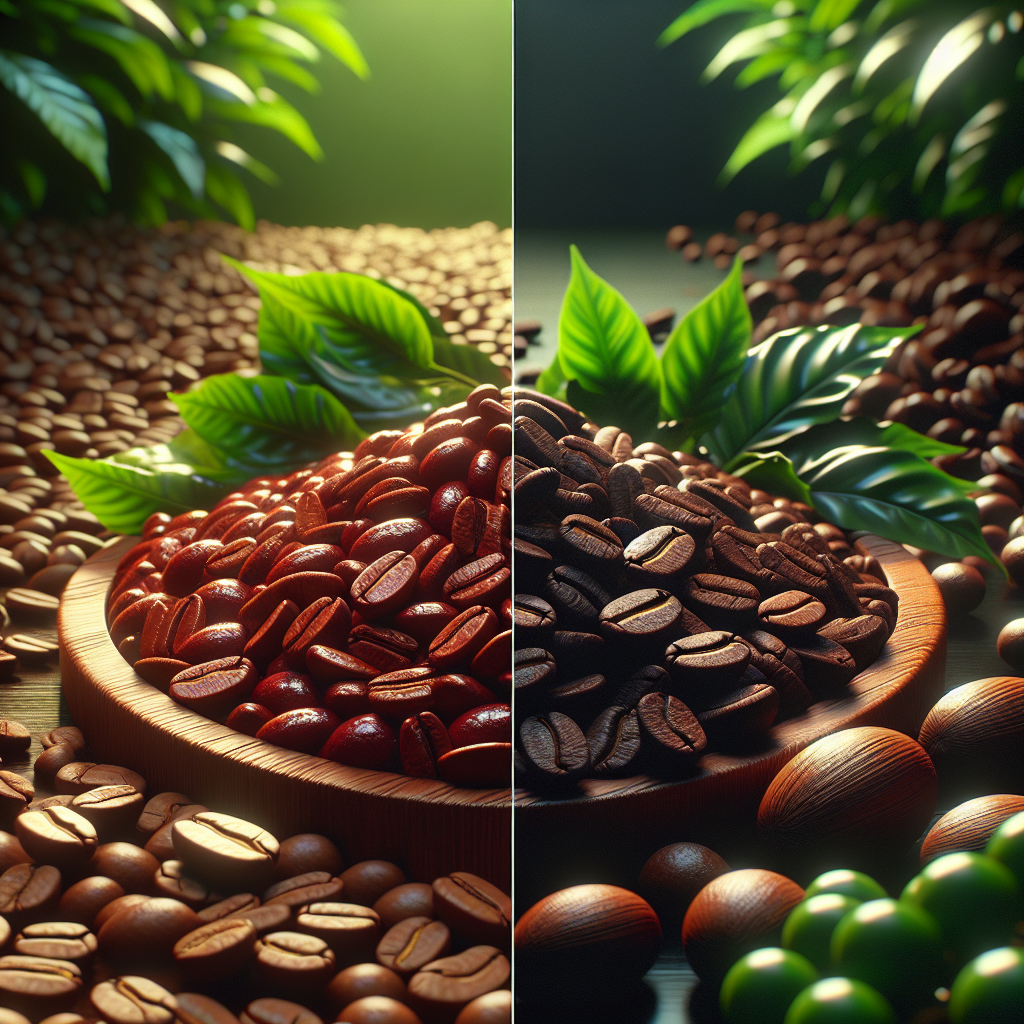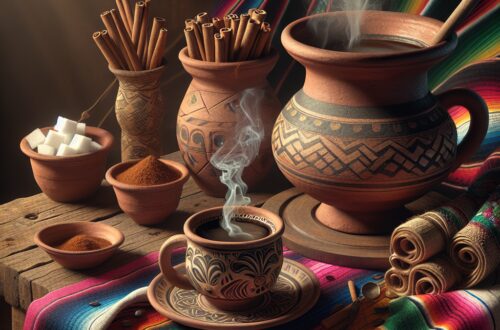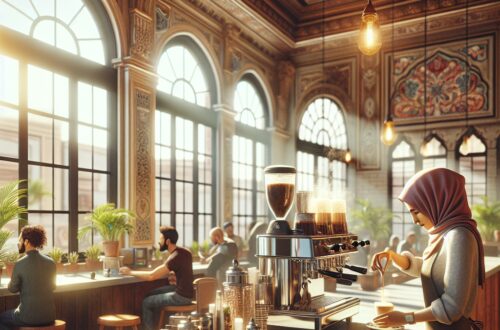“`html
Arabica vs Robusta: Understanding the Differences in Coffee Beans
Understanding the difference between Arabica and Robusta coffee beans is essential for anyone interested in coffee. From shape and size to flavor profile, each bean type offers unique characteristics that influence your coffee experience.
Caffeine Content in Coffee Beans
| Type of Coffee Bean | Caffeine Content (mg per 100g) | Flavor Profile |
|---|---|---|
| Arabica | 120 | Smooth, mild, fruity, zesty |
| Robusta | 240 | Bitter, bold, earthy, nutty |
Shape and Size of Coffee Beans
Arabica coffee beans are generally elongated, oval, and larger compared to Robusta beans, which are rounder and more stout. This difference in shape is due to the growth patterns of the respective coffee plants. Arabica beans also tend to have a more pronounced center cut, often featuring an s-shaped groove when sliced in half, while Robusta beans exhibit a straighter, more central groove. These structural differences impact their grinding and brewing characteristics.
Caffeine Content in Coffee Beans
Robusta beans contain approximately twice the caffeine of Arabica beans. This higher caffeine content gives Robusta coffee a stronger, more bitter flavor, which can serve as a natural pest deterrent for the robust Robusta plants. Meanwhile, Arabica’s lower caffeine level results in a milder taste profile, making it the preferred choice for many coffee enthusiasts. Understanding the caffeine content is crucial for selecting the right beans to suit personal preferences and the desired physiological effects of each coffee type.
Flavor Profile of Coffee Beans
Arabica beans are celebrated for their smooth, sweet, and complex flavor, often carrying fruity and zesty notes. This makes Arabica popular in specialty coffees and high-quality blends. In contrast, Robusta beans deliver a bolder and more bitter taste with earthy and nutty undertones. While Robusta’s robust taste profile appeals to those who enjoy a stronger coffee, flavor perception can vary by individual, and exploring different flavors can significantly enhance the overall coffee experience.
Growing Conditions for Coffee Beans
Arabica plants thrive in higher altitudes, typically between 3,000 and 6,000 feet, where cooler temperatures and slower growth contribute to their superior flavors. On the other hand, Robusta can grow at much lower elevations, usually between sea level and 600 meters. Robusta plants are more tolerant of environmental stress factors, making them easier to cultivate. In contrast, Arabica plants are more delicate and susceptible to diseases. Altitude and terroir play significant roles in the final flavor profile of the coffee beans.
Market and Production Volume
Arabica coffee dominates the global coffee market, accounting for approximately 75-80% of total production. This higher demand is due to Arabica’s refined taste and aroma, which also results in higher market prices. Robusta, contributing around 20% of global coffee production, is favored in regions needing durable crops due to its hardiness. Market trends and consumer preferences greatly influence the production focus of coffee-growing countries, with Arabica cultivated more in regions with favorable altitudes.
Usage in Coffee Products
The intricate flavor profile and smooth mouthfeel of Arabica beans make them ideal for specialty coffee and high-quality blends. Conversely, the strong taste of Robusta beans is essential for providing the punch in espresso mixes and is commonly found in instant coffee. Arabica’s premium branding due to its flavor and aroma drives its popularity in gourmet products, while Robusta’s cost-effectiveness makes it suitable for mass-market products and commercial blends. Blending both beans can create balanced coffee products catering to diverse tastes.
By breaking down the differences between Arabica and Robusta coffee beans, we offer a comprehensive understanding that’s essential for coffee enthusiasts. Whether it’s shape, caffeine content, flavor, growing conditions, production volume, or usage, each aspect significantly impacts how coffee aficionados perceive and enjoy their brew. To explore more about coffee and answer all your burning questions, visit our comprehensive Coffee FAQ page here.
“`
Shop at Breville now!
https://breville.oie8.net/oqDqrE
Shop Coffee Machine at Amazon now!
Click here!





